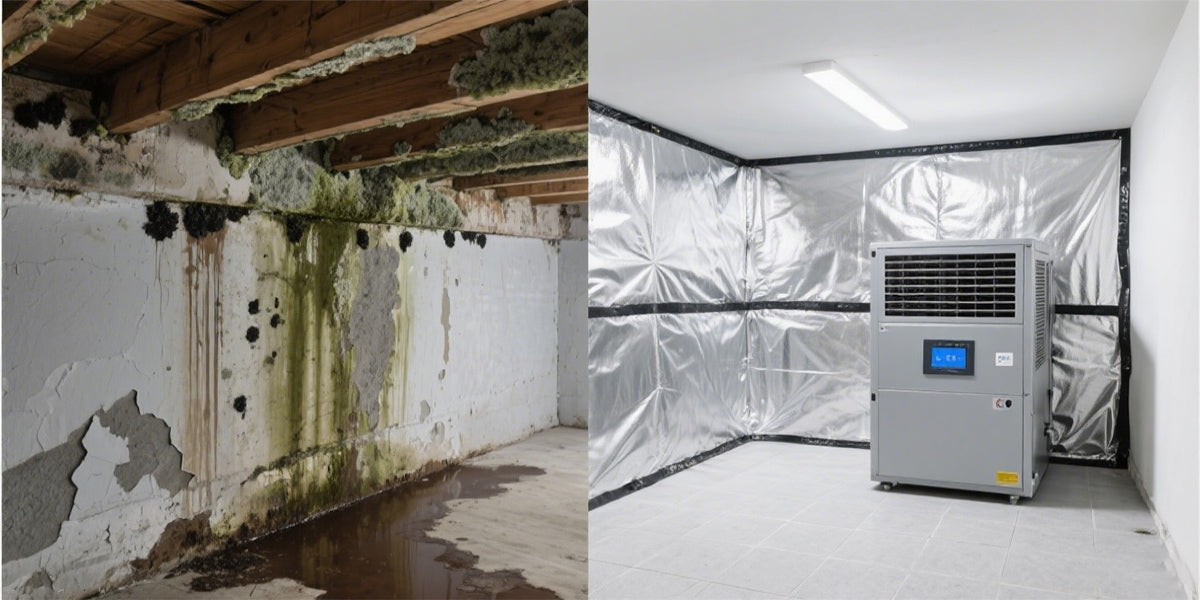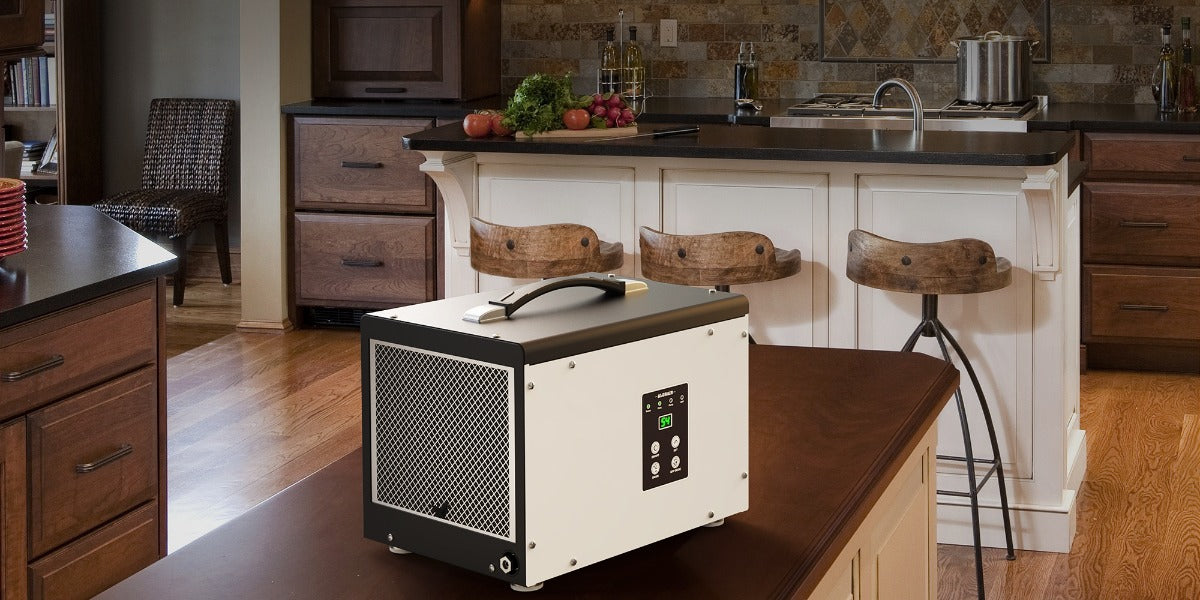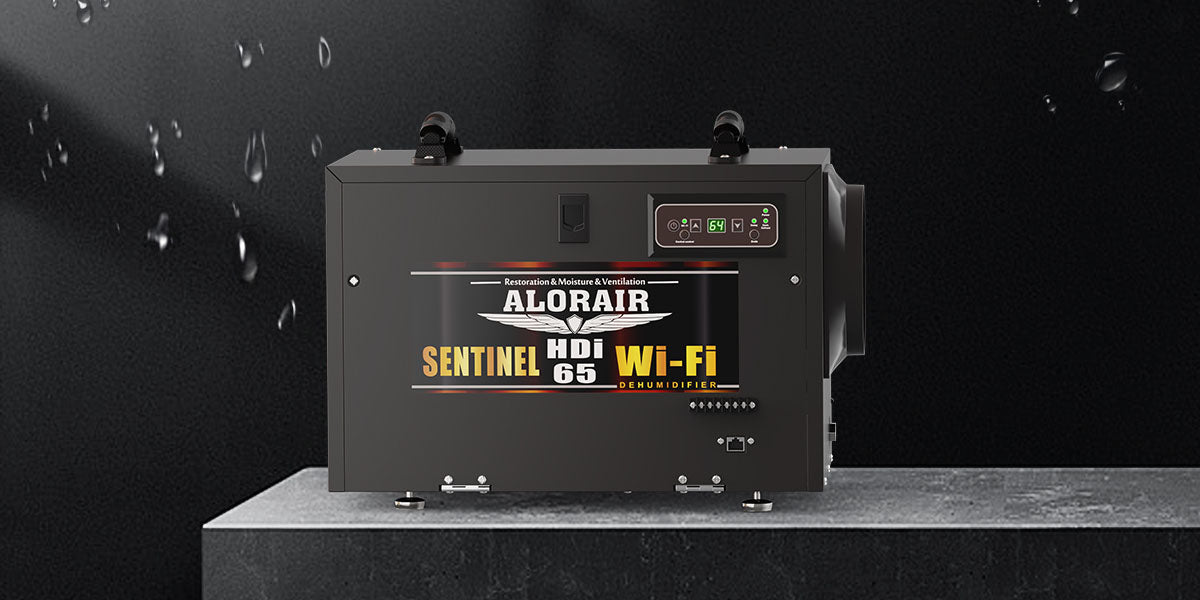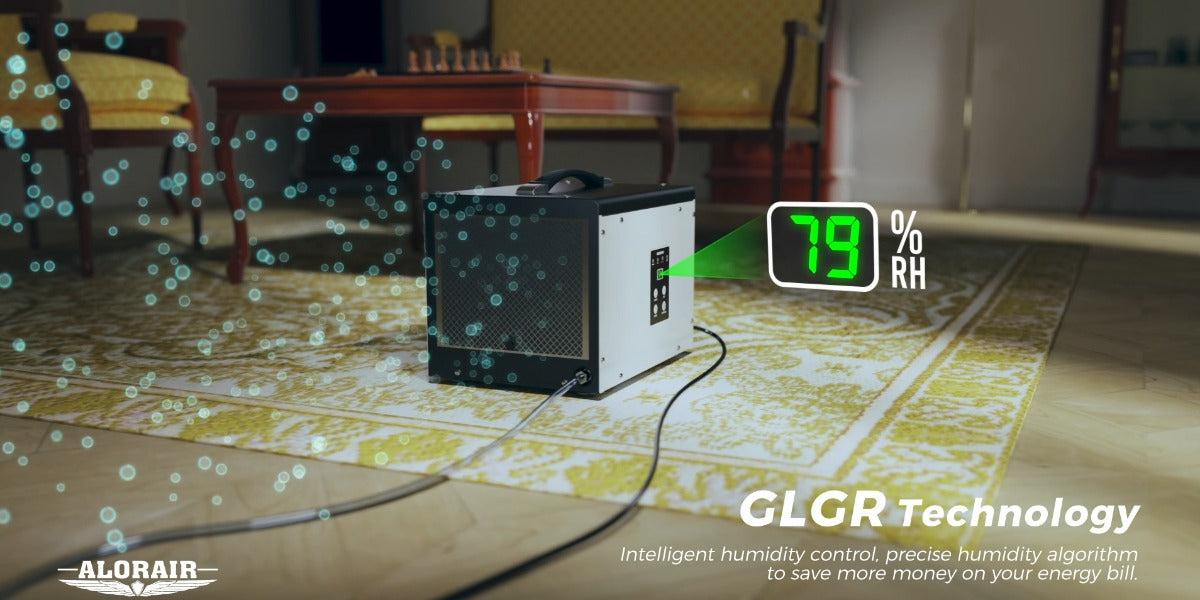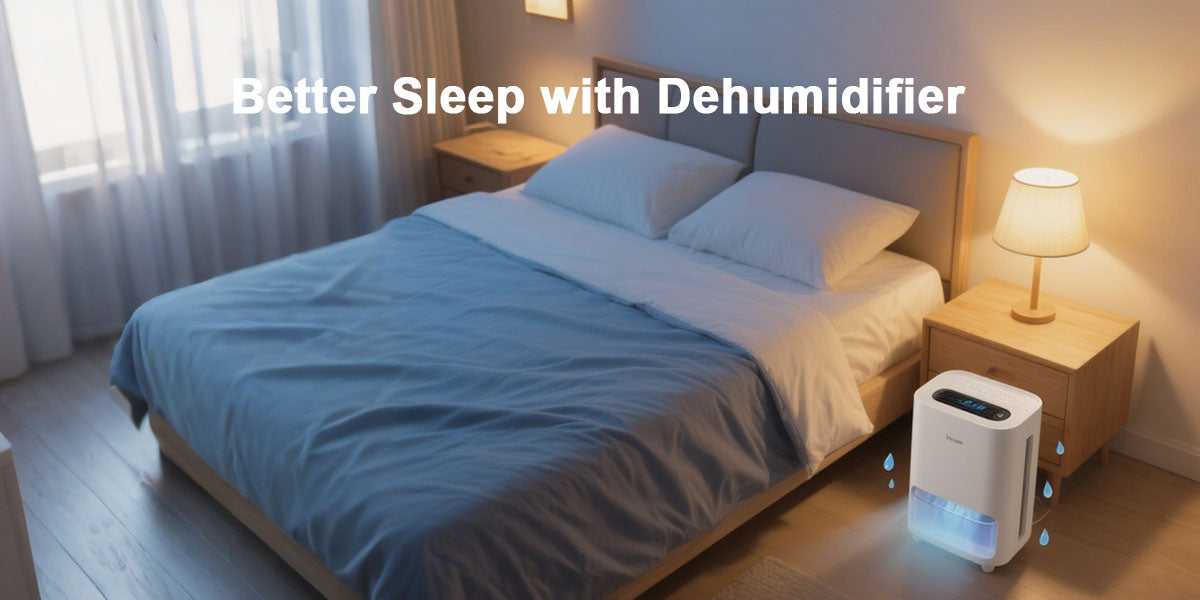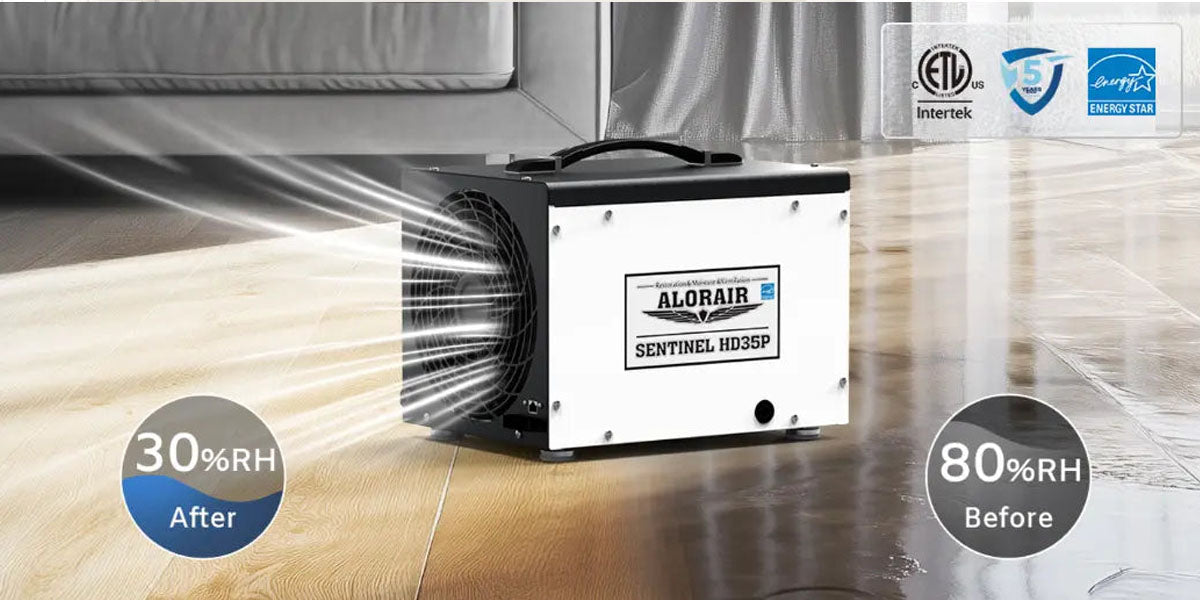Mold in your home isn't just ugly—it can make you sick. Many people wonder if dehumidifiers can help stop mold from growing, especially in damp areas like crawl spaces and basements. The truth is, moisture is the main cause of mold, and without controlling it, the problem only gets worse.
In this article, we'll explain how mold affects your health, where it hides, and how a dehumidifier can help keep your home clean, dry, and safe. If you're dealing with musty smells or worried about hidden mold, this guide will show you how to take control before it spreads.

Why Mold Is a Serious Health Concern
Mold is more than just a spot on your wall. It can cause real problems for your health—especially if you have allergies, asthma, or a weak immune system. Mold grows in damp, dark places, and once it starts, it spreads fast.
Breathing in mold spores can lead to:
1. Sneezing, coughing, and a runny nose
2. Itchy eyes and skin
3. Headaches and fatigue
4. Asthma attacks or trouble breathing
For babies, older adults, or anyone with lung issues, mold can make everyday life harder and even cause long-term health problems.
Common Places Mold Grows in Homes
Mold can grow almost anywhere there's moisture. But here are the most common spots:
1. Crawl spaces
2. Basements
3. Bathrooms
4. Kitchens
5. Around windows and in attics
Crawl spaces are especially at risk. They're dark, often unsealed, and tend to hold in moisture from the ground or air. If not properly protected, mold can grow under your home without you even knowing it.
How Mold Affects Your Home
Aside from health problems, mold also damages your home. Here's what it can do:
1. Leave dark spots and stains on walls, ceilings, or floors
2. Create a musty smell that won't go away
3. Eat away at wood, drywall, and insulation
4. Lower your home's resale value
Mold can also cause flooring to warp or paint to peel. If left alone too long, the repairs can get expensive.
What Causes Indoor Mold Growth?
Mold needs three things to grow: moisture, a food source (like wood or paper), and the right temperature. Here's what usually causes it indoors:
1. High humidity (above 60%)
2. Water leaks from plumbing or rain
3. Poor drainage around the home
4. Bad ventilation in crawl spaces, bathrooms, or basements
5. No moisture control systems in place
Stopping mold means removing moisture. That's where dehumidifiers come in.

Can Dehumidifiers Prevent Mold?
Yes, dehumidifiers can help prevent mold—and they're one of the best tools for the job.
Dehumidifiers pull extra moisture out of the air and help keep humidity at a safe level. For mold prevention, the ideal indoor humidity is between 30% and 50%. If your space stays drier than that, mold will struggle to grow.
This is especially important for crawl spaces. These areas often trap damp air, and since they're out of sight, mold can grow quickly. A crawl space dehumidifier is designed to run in tight spaces and remove enough moisture to keep the air dry and safe.
Some newer dehumidifiers even come with WiFi or app controls, so you can check humidity levels from your phone. This makes it easier to stay on top of things—without crawling under the house.
Choosing the Right Dehumidifier
Not all dehumidifiers are the same. If you want to prevent mold, make sure you choose the right one for your needs:
1. For crawl spaces: Pick a low-clearance or compact model made for tight areas
2. For basements or large rooms: Use a larger-capacity unit that can handle more square feet
3. Look for features like:
1. Auto-humidity control
2. Built-in drain pump
3. Energy efficiency
4. WiFi control (optional but helpful)
Using the right size dehumidifier makes a big difference in how well it controls moisture.
Best Practices for Mold Prevention
A dehumidifier is a great start, but for full mold protection, follow these simple tips:
1. Seal your crawl space or basement
1. Close vents, cracks, and leaks that let in outside air
2. Use a vapor barrier
1. Place plastic sheeting on the ground to block moisture from the soil
3. Install proper drainage
1. Make sure rainwater flows away from your foundation
4. Use a dehumidifier year-round
1. Keep it running in humid seasons to stop mold from starting
5. Check regularly
1. Use a hygrometer to monitor humidity and inspect for signs of mold
Combining these steps gives your home the best chance to stay dry and mold-free.

Conclusion
Mold can seriously affect your health and damage your home—especially in damp places like crawl spaces. But the good news is, a dehumidifier can help prevent mold by keeping humidity under control.
If you live in a humid area or notice signs of mold, don't wait. Set up a moisture control system that includes sealing, proper drainage, and a reliable dehumidifier. It's a simple way to protect your home and breathe easier every day.






